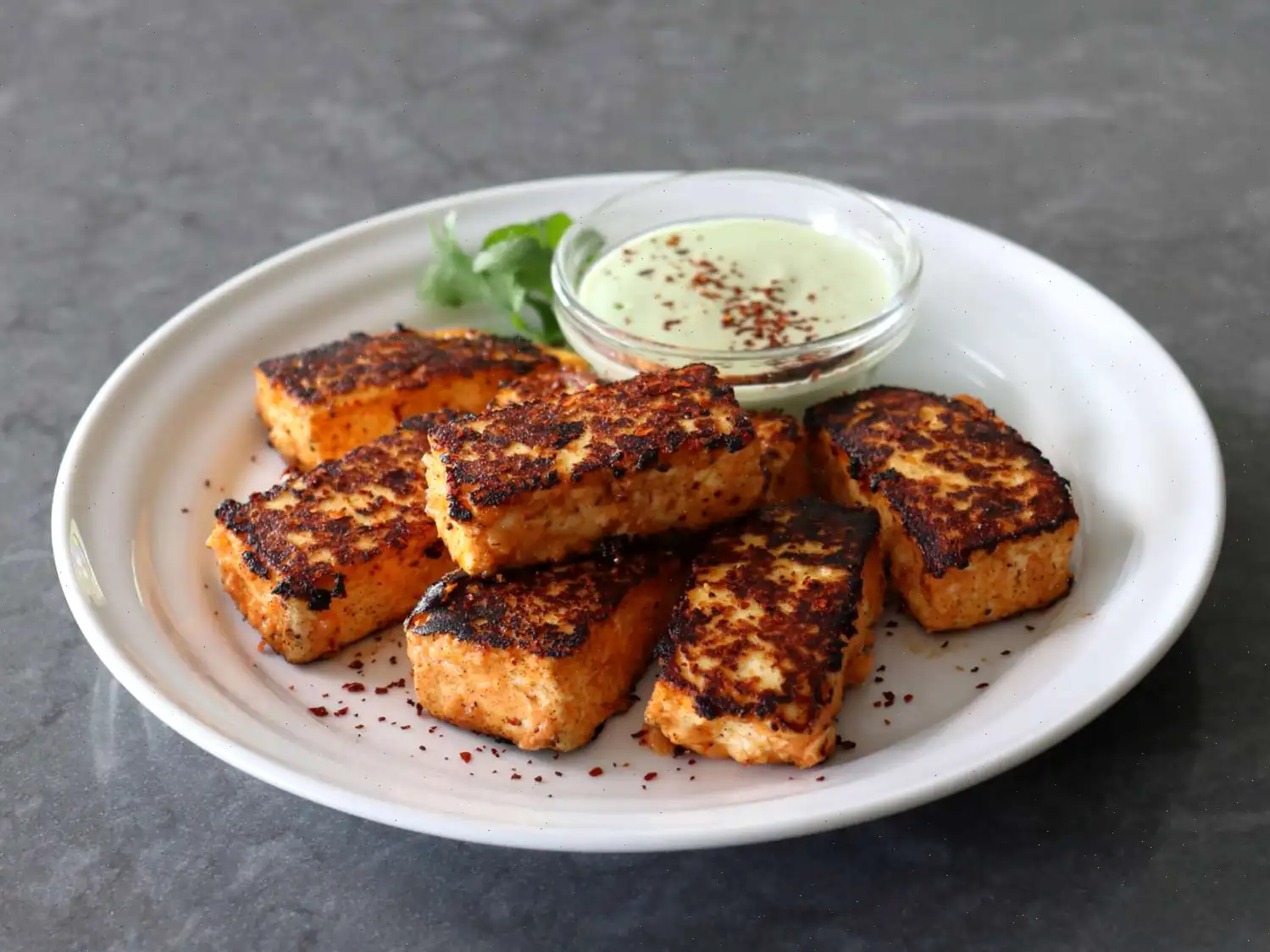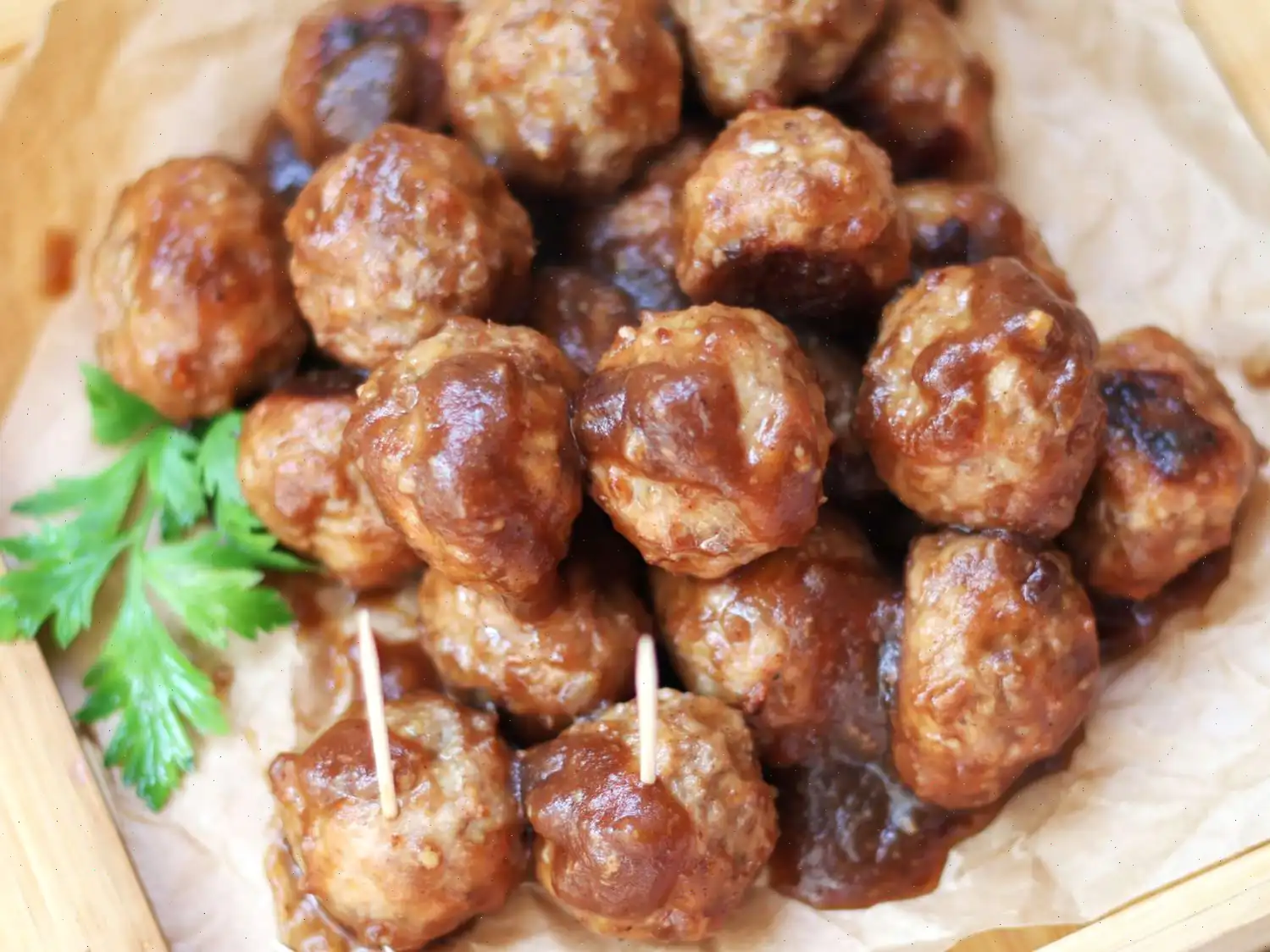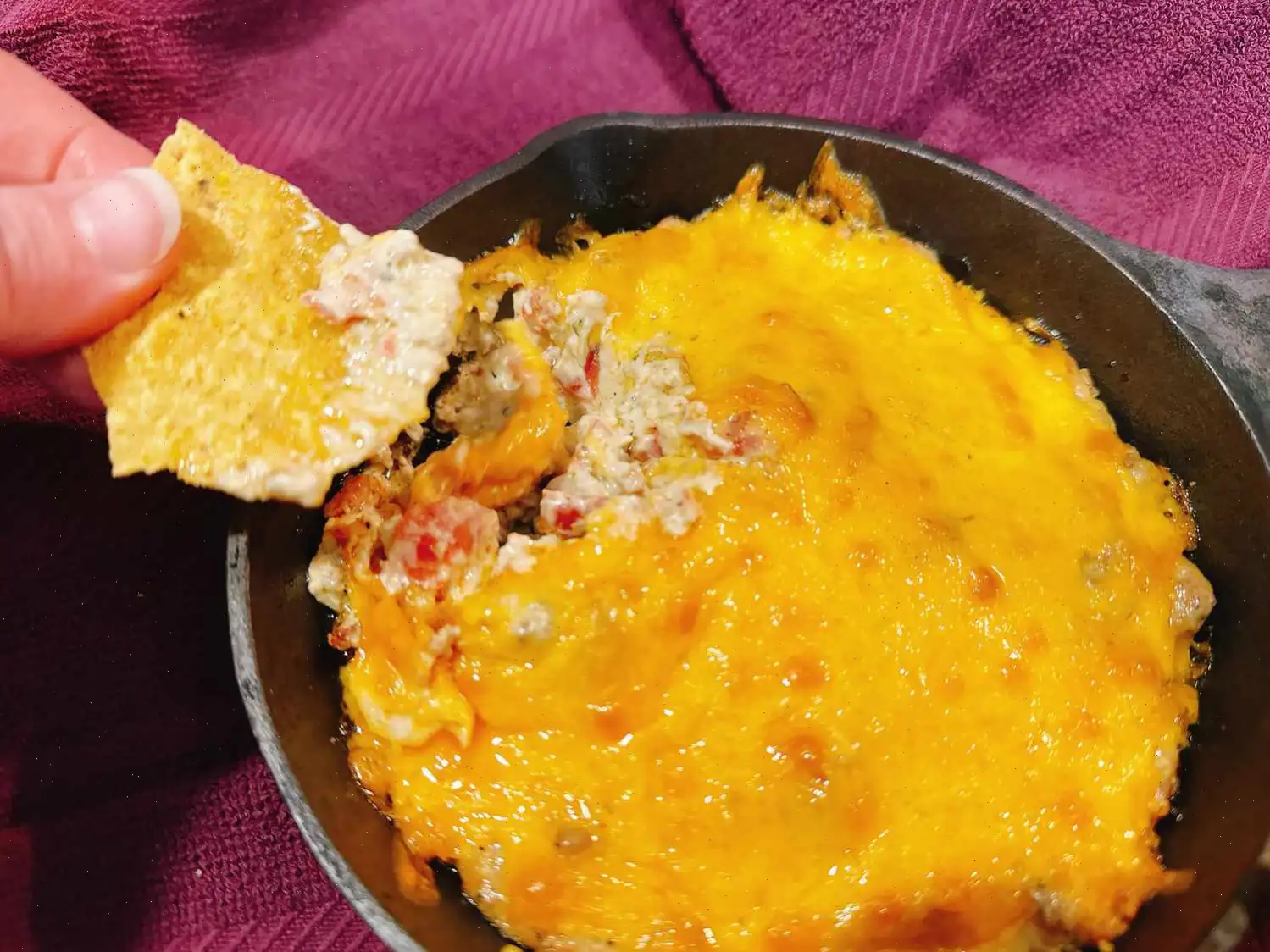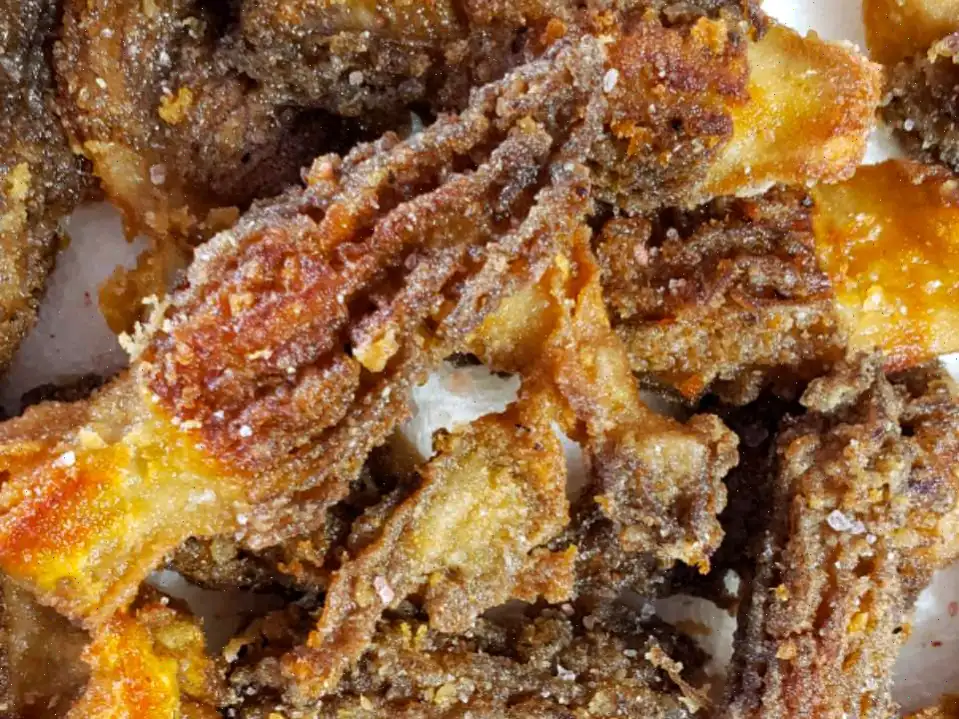
Kwek Kwek (Filipino Street Food) Recipe
Ingredients
- 12 quail eggs
- cup rice vinegar
- cup ketchup
- cup brown sugar
- 2 teaspoons soy sauce
- cup water
- 1 drop yellow food coloring
- 1 drop red food coloring
- 1 cup all-purpose flour
- Salt and freshly ground black pepper to taste
- Oil for deep frying
- cup cornstarch
- Bamboo skewer
Directions
- Place the quail eggs in a saucepan and cover them with water. Bring to a boil, then reduce the heat to medium. Cover and cook the eggs for 4 minutes. Once done, remove from the heat and let them sit, covered, for another 2 minutes. After that, rinse the eggs under cold water and allow them to cool to room temperature before peeling.
- In a saucepan, combine the rice vinegar, ketchup, brown sugar, and soy sauce. Cook over medium heat, stirring occasionally, until the sugar dissolves (about 5 minutes). Once the mixture is ready, remove from the heat and let it cool.
- For the batter, mix the red and yellow food coloring into the water to create a deep orange color. In a separate bowl, combine the flour, salt, and pepper. Pour the orange-colored water into the flour mixture and stir until the batter is smooth and lump-free.
- Heat oil in a wok or deep fryer to 375F (190C). While the oil heats up, lightly roll the peeled eggs in cornstarch, making sure they are evenly coated. Shake off any excess cornstarch.
- Dip the cornstarch-coated eggs into the orange batter, ensuring they are fully covered. Insert a bamboo skewer into each egg for easy handling, and carefully drop the eggs into the hot oil.
- Deep fry the eggs for about 2 minutes on each side or until the batter becomes crispy and golden brown. Use a slotted spoon to remove the eggs from the oil, and let them drain on paper towels.
Recipe Tip: You can substitute quail eggs with hard-boiled chicken eggs to make a dish called tokneneng.
Nutrition Facts (per serving)
| Calories | 150 |
| Total Fat | 9g (11% DV) |
| Saturated Fat | 1g (7% DV) |
| Cholesterol | 76mg (25% DV) |
| Sodium | 133mg (6% DV) |
| Total Carbohydrates | 16g (6% DV) |
| Dietary Fiber | 0g (1% DV) |
| Total Sugars | 6g |
| Protein | 2g (5% DV) |
| Vitamin C | 1mg (1% DV) |
| Calcium | 13mg (1% DV) |
| Iron | 1mg (5% DV) |
| Potassium | 50mg (1% DV) |
Note: Nutritional values are based on a 2,000-calorie diet. Your daily values may vary depending on your calorie needs.
Origin and History:
Kwek Kwek is a beloved street food in the Philippines, known for its distinctive orange batter and crispy texture. Its origins are somewhat debated, but it is widely accepted that the dish was inspired by traditional Filipino egg-based snacks. The practice of coating eggs in batter and frying them has deep roots in Filipino culinary traditions, where street vendors have long been a source of quick, affordable, and flavorful foods. The vibrant orange color of Kwek Kwek is a result of the addition of food coloring to the batter, giving it its signature look and making it instantly recognizable in street food markets across the country.
Regional Variations:
While Kwek Kwek is popular across the Philippines, it is most commonly found in urban areas where street food vendors gather, such as in Manila or Cebu. In some regions, vendors might experiment with different variations, such as adding more spices to the batter or offering alternative dipping sauces. In certain places, vendors might serve it alongside other popular Filipino street foods like fish balls, tofu, or lumpia (spring rolls). The dishs flexibility allows for different interpretations depending on local tastes and available ingredients.
How Kwek Kwek Differs from Similar Dishes:
Kwek Kwek is often compared to another popular Filipino snack, Tokneneng, which is essentially the same dish, but made with regular chicken eggs instead of quail eggs. The difference between Kwek Kwek and Tokneneng primarily lies in the size of the eggquail eggs used for Kwek Kwek are smaller and give the dish a different texture and bite. The choice of egg, as well as the use of a colorful batter, makes Kwek Kwek distinct from other deep-fried egg dishes in the Philippines.
Where Kwek Kwek is Typically Served:
Kwek Kwek is a popular item at street food markets and local food stalls in the Philippines. Vendors typically serve it on a stick, making it easy for customers to snack on while walking or shopping. It is often accompanied by sweet and sour sauce, soy sauce, or vinegar, which enhances the flavor and adds a tangy contrast to the crispy batter. While Kwek Kwek can be enjoyed at any time of day, it is particularly popular as an after-school snack or as a late-night treat in bustling urban centers.
Interesting Facts:
1. Kwek Kwek is typically made with quail eggs, which are smaller than regular chicken eggs and have a slightly richer flavor. This makes them ideal for deep-frying, as they offer a delicate texture that contrasts beautifully with the crispy outer batter.
2. In Filipino culture, Kwek Kwek is often considered a comfort food, evoking memories of childhood and casual gatherings. Many Filipinos have fond memories of enjoying Kwek Kwek after school or during visits to the local market.
3. The bright orange color of Kwek Kwek is achieved through the use of food coloring. This vibrant hue is a signature characteristic of the dish, making it easily identifiable from other street food offerings.
4. In some regions of the Philippines, Kwek Kwek vendors also offer a variant called "kwek-kwek sa bagnet," where the eggs are served with crispy pork belly, adding an extra layer of savory flavor to the dish.
5. While Kwek Kwek is usually served with a dipping sauce, it is also sometimes enjoyed with pickled vegetables or alongside other street food snacks, making it a versatile part of the Filipino street food experience.








